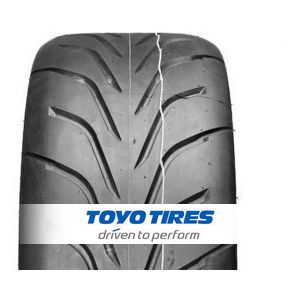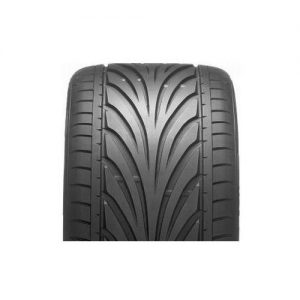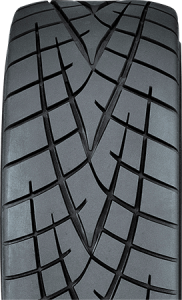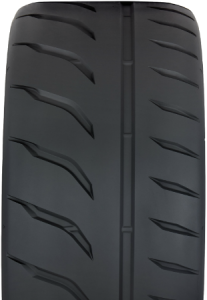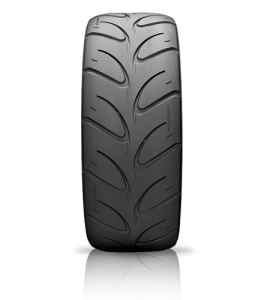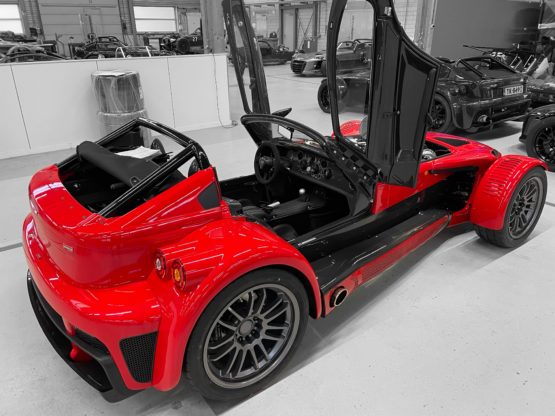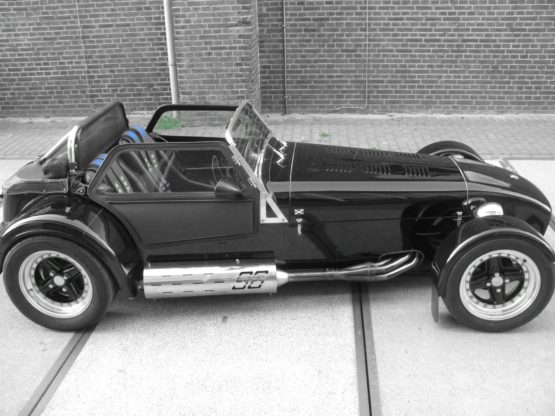Your tires are, next to your shock absorbers, one of the most important safety features of your Donkervoort. We frequently receive various questions on tires. Exposure to heat and the sun’s ultraviolet rays may cause structural changes to your tires. Although your tires may seem OK from the outside, the main issue on high performance cars such as the Donkervoort is deterioration of the inner structure of the tire. How old are your tires? Regardless of tread wear, vehicle and tire manufacturers generally recommend you replace your tires at six years. Donkervoort has used Toyo as the number one tire supplier at least going back to 1999. Below you will find an overview which Toyo tires have been mounted over the years.
Tires aging
Rubber compounds used in tires contain anti-oxidising chemicals that help to slow down the natural ageing process of untreated rubber. However, tires do deteriorate with age, which increases the risk of tire failure, and there are many ways in which this can be spotted:
- Cracking/crazing on the side wall of the tire, caused by its flexing
- Distortion of tire tread
- Deformation of the carcass of the tire
Tyre flexing. You don’t want this with older tires when the carcass is cracked, the tire will potentially pop off the rim hump!
There will also be a deterioration of the ride quality caused by vibrations through the tire. This may signify the tire’s performance has been affected by age and should be investigated as soon as possible. All tires that display signs of aging should be removed and not put to further use. Tires that have been in storage should not be placed into use if they are over 6 years old, from their date of manufacture.
Alway check the DOT code. Even if you have new tires fitted. DOT signifies that the tire complies with the United States Department of Transportation tire safety standards, and is approved for highway use.
In this case this Toyo tire is manufactured in week 13 of 2009.
If the DOT-code date on your Donkervoort goes back longer than 6 years; replace your tires!
Measuring correct tire pressure
Maintaining proper tire inflation is relatively simple and essential to the overall tire performance of your Donkervoort. A properly inflated tire will provide longer life, quicker steering response, and a smoother ride than an improperly inflated tire. Both underinflation and overinflation can cause headaches like premature treadwear and possible tire failure. The best way to ensure you’re getting the most out of your tires is to check your tire pressure before each ride. Your tire pressure measured cold should be 1,2 Bar. Note: Especially important for proper rear end grip and safety.
Invest in a proper digital tire pressure gauche. A digital tire pressure gauge will provide accurate readings, but don’t forget that it operates on a battery. It’s best to use your personal tire gauge versus those available attached to air hoses at service stations. Getting you to the gas station will already heat up your tires, causing an incorrect measurement. Of all the pressure gauges out there, they’re the most likely to be weathered, and possibly inaccurate.
Storage tire pressure
Due to the fact that the weight of the Donkervoort is limited, the operation pressure is relatively low. This means that wen your tires are on driving temperature, and the vehicle is stored, you will fairly quickly have tires that are not round anymore. You feels this intens in your steering wheel when driving the next time you take the car out for a spin. If you store your car with inflated tires on 3,0 Bar, you wil not have that problem. Don’t forget to reduce tire pressure to 1,2 Bar before your next drive. And if you have the space in your garage, try to move your Donkervoort back and forth every week to prevent flat spots on the tire. You can also jack up your car and turn the wheels by hand.
Tire overview OEM supplied tires over the years



